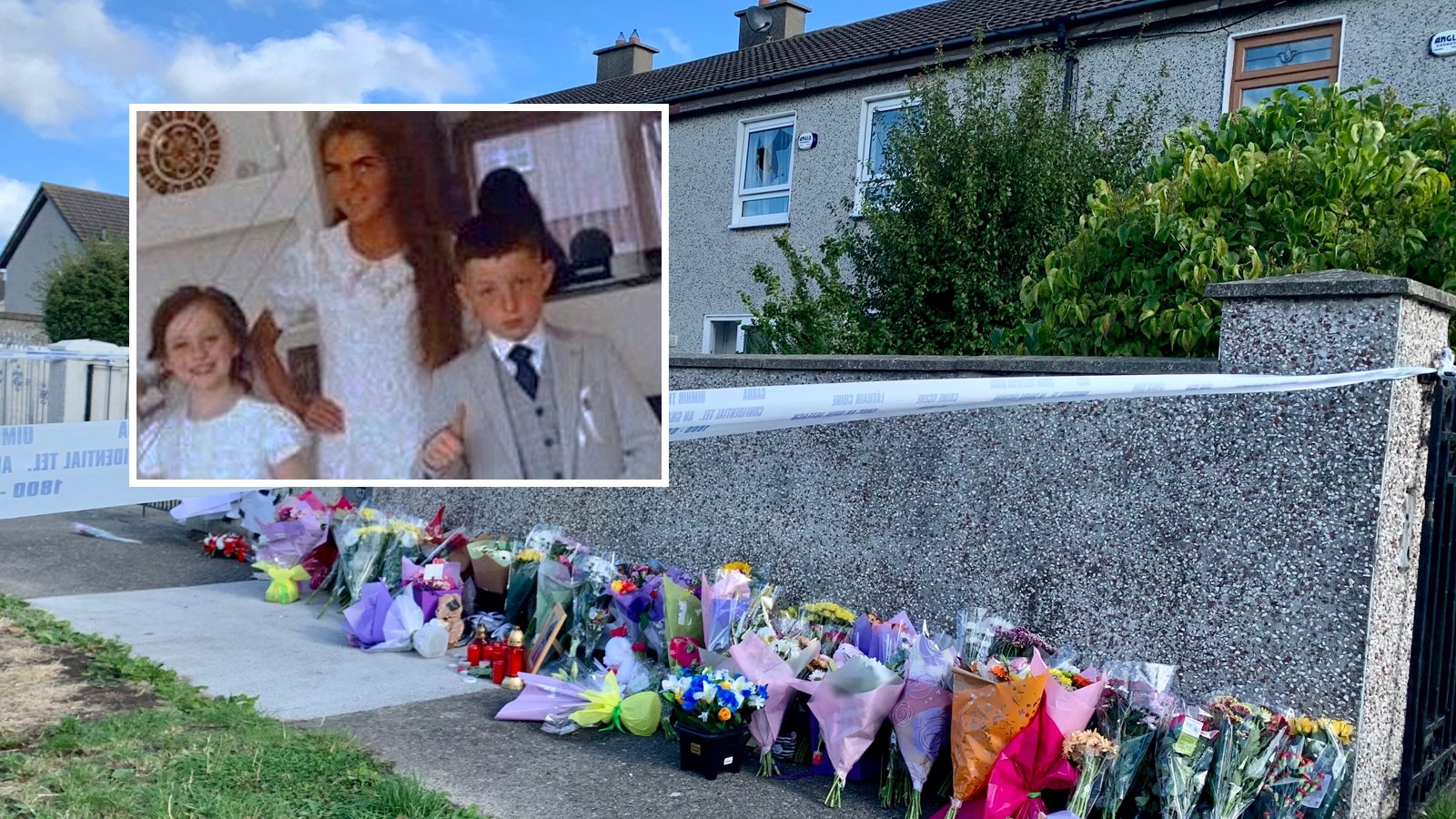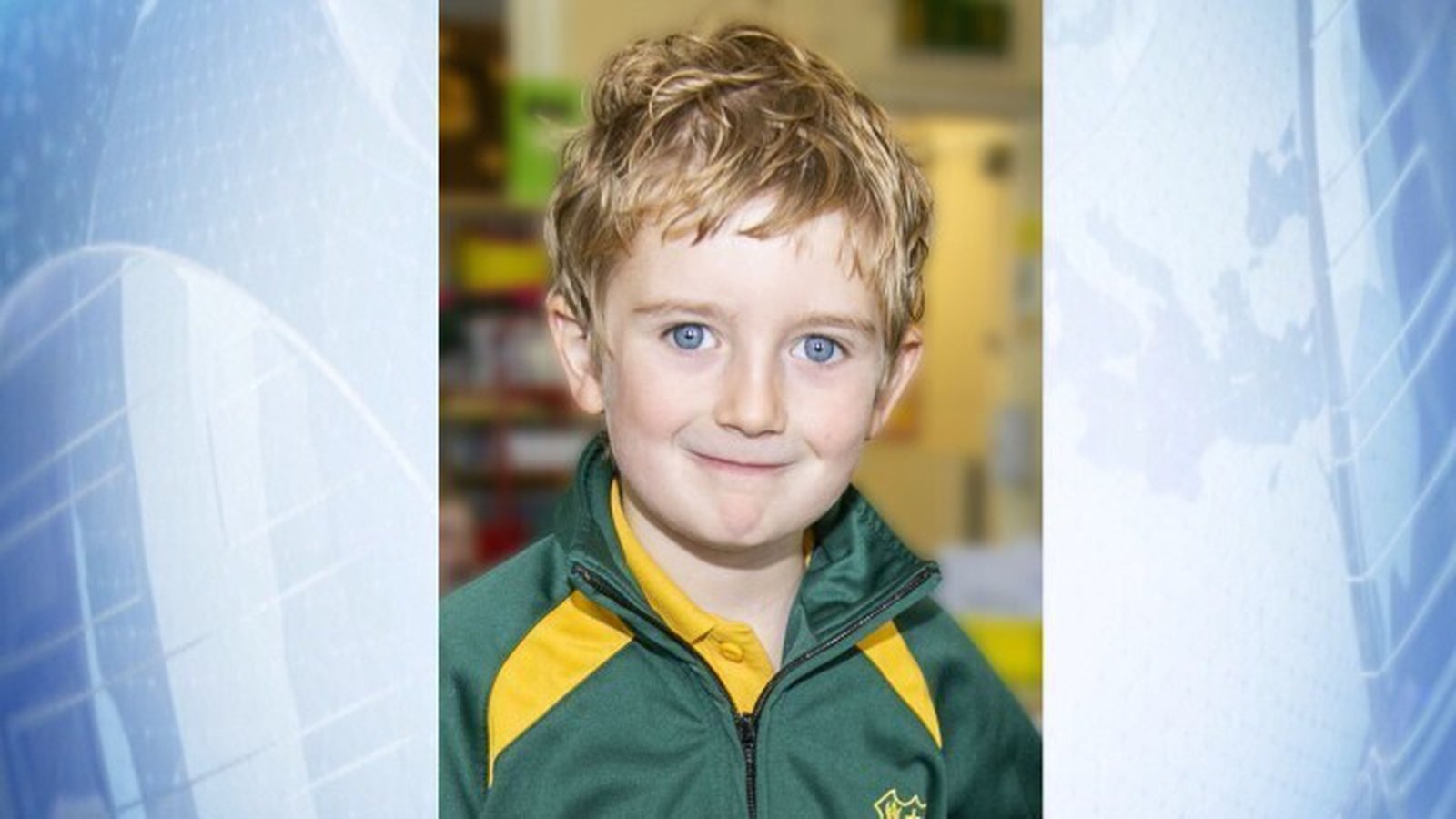New data shows rise in pre-teens sharing sexually explicit images
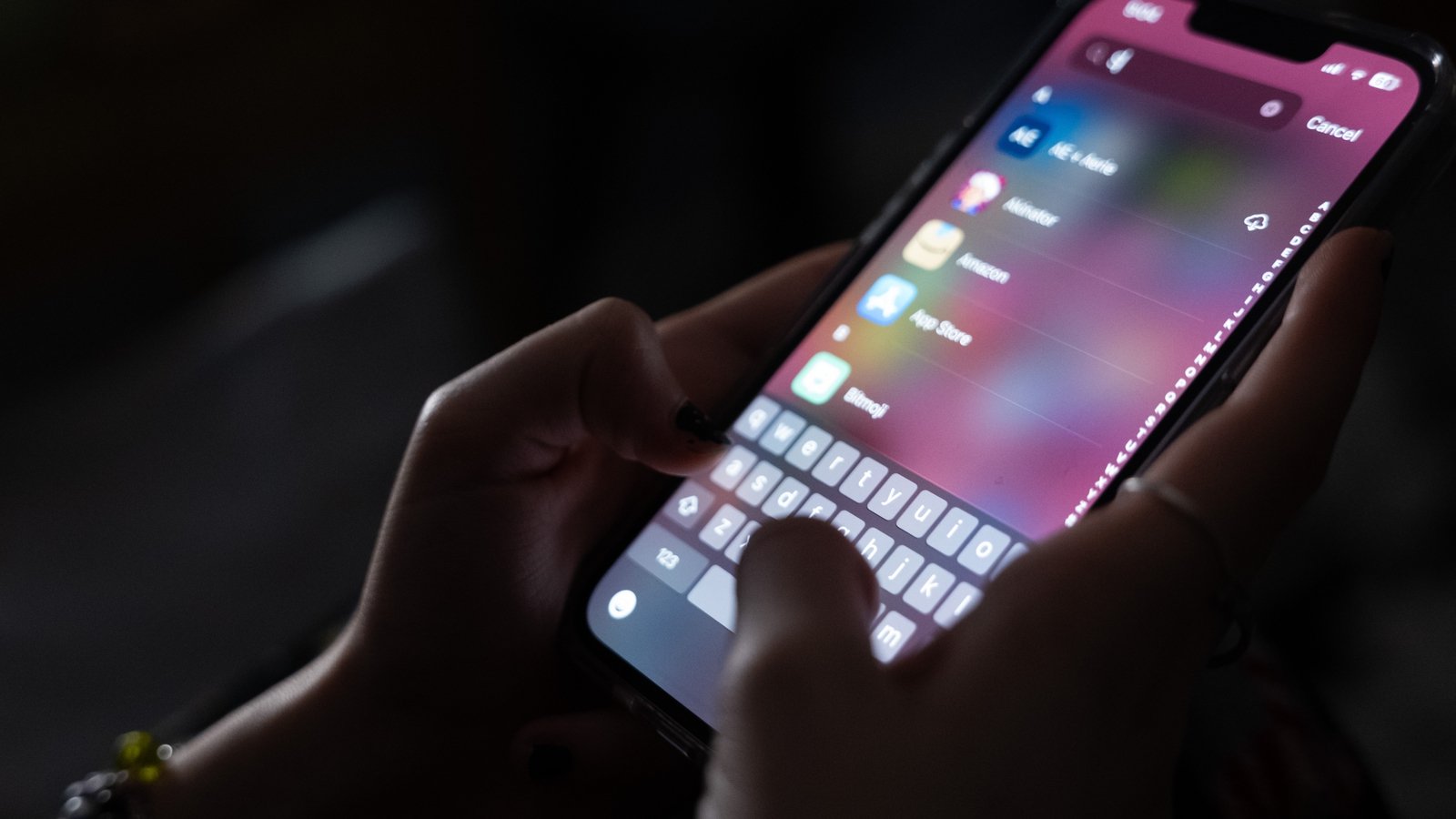
New data shared with Prime Time shows a sharp rise in children found to have taken and shared sexually explicit images of themselves. The majority of children detected doing so were pre-teens.
Figures released by Hotline.ie say that 4,322 sites with self-generated child sexual abuse material were reported in 2023, up from 325 in 2020.
Hotline.ie investigates and reports the sites to the gardaí on behalf of the Department of Justice. “Some of the websites reported to us have had over ten thousand images on them,” a statement from the site added.
Hotline describes the images as those “that have been determined to meet the threshold of illegality under the Child Trafficking and Pornography Act, 1998.”
The data shows that 53% of the images were shared by 8-12 year olds, with the remainder being 13-17 year olds.
Girls made up 97% of the images shared.
On Monday, Minister for Education Norma Foley, said the new media and online regulator, Coimisiún na Meán, has informed her about a “sharp rise” in self-generated compromising images, of a sexual nature, among seven-to-10 year olds.
The minister said this was because adults were using social-media apps to groom children, often by pretending to be another child, and then blackmailing them once they provide compromising images.
Victims of such grooming say it has had a major impact on their lives.
Orla Stewart lives in Oldcastle, Co Meath, and is now in her early 20s. She was groomed online at the age of 10.
At the time, she says she was socially isolated as her family had moved to France. She sought out the company of other children online and befriended a boy which she understood was her age.
After they had been interacting on Facebook and Skype, he asked her to send nude images of herself. She initially refused but he threatened to end their friendship.
Thinking she could trust him she then sent three photos. That mistake immediately triggered threatening behaviour and a demand for more images.
“He told me if she didn’t keep sending more images, he’d send them to all my family and friends,” she recalls. For the next two-and-a-half years on a near daily basis her online abuser made endless demands.
“He would actually video call me and ask me to do a number of things while on the video call,” she told Prime Time.
“The content would vary from day to day. It would be nude photos or it could be nude videos, and doing things in those videos. It would really vary from whatever he fancied that day.”
As a result, her mental health spiralled.
“I started to self-harm. I had suicidal thoughts and even attempted suicide on multiple occasions. I was admitted to a psychiatric unit on two occasions prior to my parents knowing about this. When my mam did eventually find out, I told her on the way to hospital,” she said.
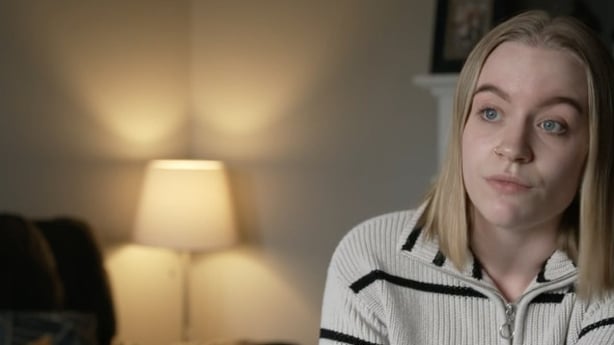
With the intervention of her parents, the abuse was put to a stop and the individual was reported to police in three jurisdictions: France where it started, Wales where it continued as she was getting psychiatric treatment, and in Ireland.
Gardaí discovered that the man was in his 20s, and from his profile they could discern that his online “friends” were exclusively young girls.
Dr Maggie Brennan, Assistant Professor of Psychology at Dublin City University, says that the new hotline.ie data chimes with data collected about online abuse of younger children in other jurisdictions.
“This is consistent with massive increases that we’ve seen with our nearest neighbours across the water, in terms of the representation of children under-10 featured in highly sexualised self-abuse material, and self-generated material. It’s also corresponding with international trends,” she said.
Dr Brennan says it is a reflection of the fact that ever younger children are getting access to smart phones and other devices.
While the imagery is typically shared on the social media apps where the image disappears from the sender’s phone but can be screen-saved by the receiver – the initial contact can begin on “almost any digital platform where a child resides unless it’s highly and heavily content moderated.”
“For example, it can happen on platforms like Roblox, like gaming platforms, where any one-to-one chat facility is enabled,” Dr Brennan said.
She also says server-based gaming communities on platforms like Discord are a common context in which adult strangers befriend kids.
One of the concerning developments is that some social media apps have design features that might suit adult privacy but hide the fact that content is being shared. This makes it much harder for parents and guardians to detect and monitor.
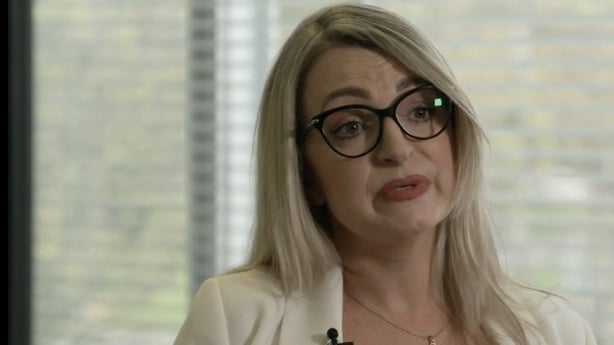
For example, one app designed for secure and private sending of photos and videos has an icon similar to the calculator app which is pre-installed on most phones. The similarity means it would not be easily discovered by parents.
Assistant Professor Maggie Brennan says that she would like to see our online regulator Comisiún na Meán take a tougher stance on enforcing what is known as “Safety by Design” principles.
“For example, the Australian E-Safety Regulator, has rolled out a set of principles that it is asking technologies providers to sign up to, which are ‘Safety by Design’ principles,” she said.
It requires design features of apps to be proofed as appropriate for children and to be child-protection friendly. Dr Brennan says it is something which is on the regulator’s “programme of work for roll out over the coming years.”
Separately she says there are a number of very important new pieces of legislation due at European level which will guide Ireland’s national legislation in the future.
“There are a set of proposals around how platforms might basically take more stringent measures to prevent abuse and exploitation of children on their platforms. Where this falls down is where this privacy versus child protection debate comes into play.”
Orla Stewart says she knows what side of the argument she comes down on.
“Personally, for me, it would be a case of no phones up until teens, at least. If you really want to give a child a smartphone, have the most restrictions you can on it.”
“Kids are curious. They want to make new friends,” Orla says. “All their friends are making friends online. It’s such a dangerous world and predators are everywhere. And they’re so smart. They know what they’re doing. It’s generally not the first time they’re doing it.”
You can watch Prime Time’s coverage of this issue on the RTÉ Player here.


